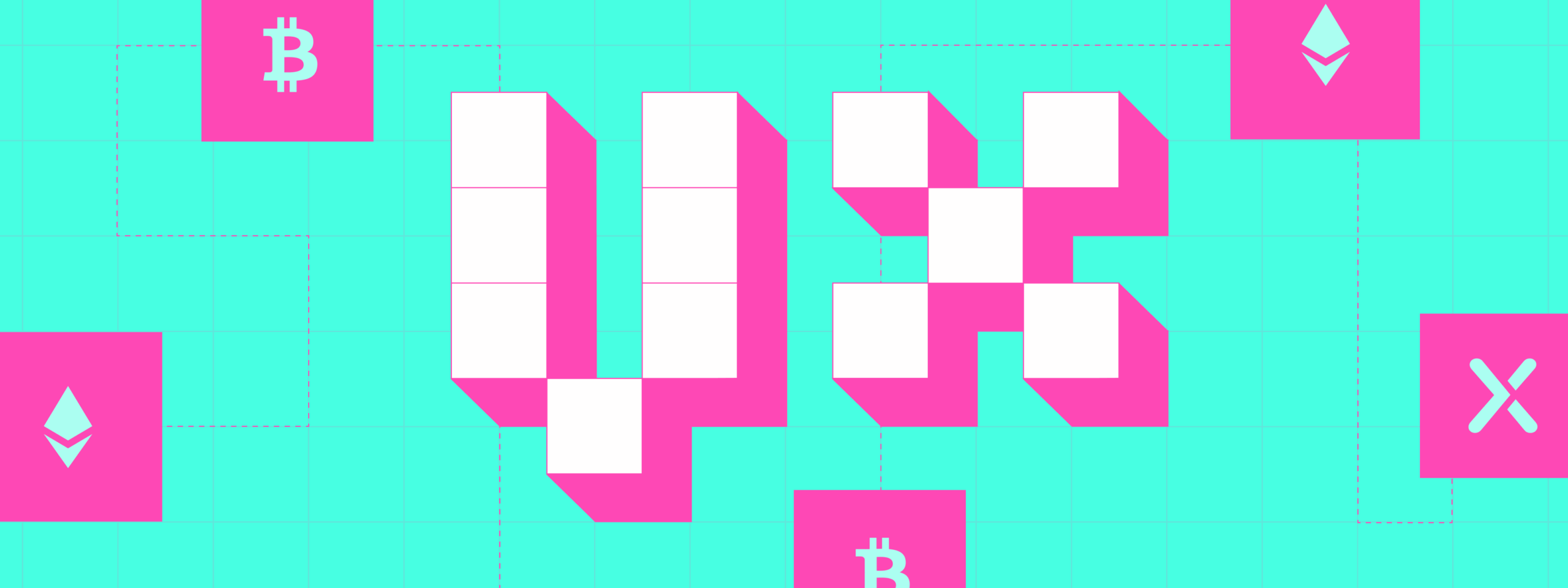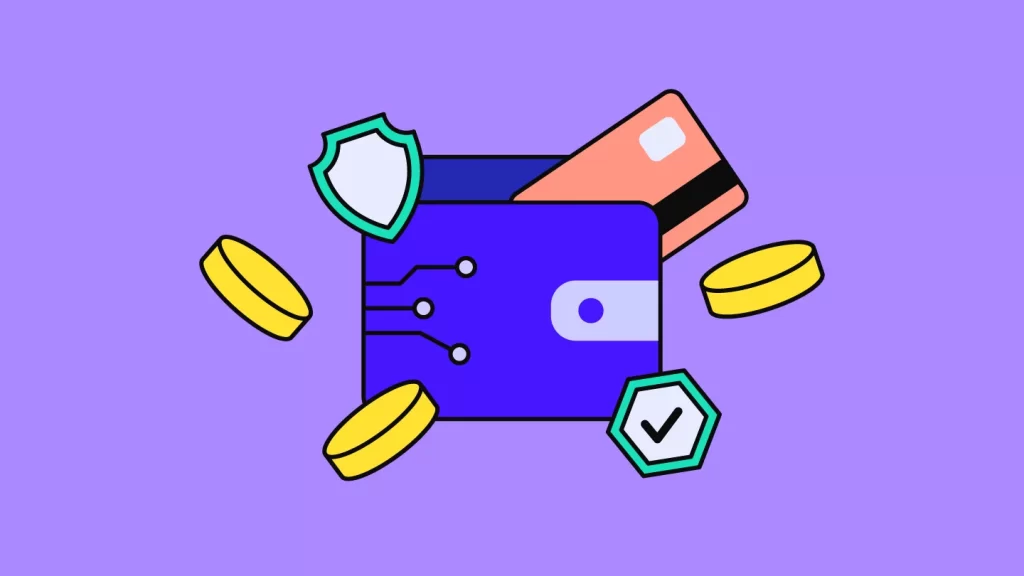
Table of Contents
Introduction
Web3 doesn’t suffer from a lack of innovation. It suffers from a lack of intuitiveness. Blockchains are scaling. Protocols are maturing. Investment is returning. But for most users, the decentralized web still feels alien. The culprit? Poor user experience, especially around wallets.
In theory, wallets are the gateway to the decentralized world. In practice, they’re often the chokepoint. A typical onboarding journey requires users to install extensions, manage seed phrases, decipher gas fees, and trust opaque signing prompts all before they’ve even tried the product. If Web3 wants mass adoption, it has to win a UX war. And that war begins and ends with wallet design.
From Wallet-Centric to Experience-Centric
In the early phases of Web3, the wallet was the centerpiece. Everything revolved around it, it was how you logged in, stored assets, signed messages, and participated in DAOs. The problem was that wallets weren’t designed for people. They were built for developers, traders, and power users.
But now, in 2025, the paradigm is shifting. We’re moving away from wallet-centric design to experience-centric design, where the wallet doesn’t demand attention but silently powers seamless interactions.
This doesn’t mean hiding the wallet entirely. It means designing flows where the user doesn’t have to think about the technology, they just do what they came to do: buy, vote, play, invest, create. The wallet should be a passport, not a puzzle.
Where the UX Breaks Today
Despite significant innovation in the space, many core pain points remain unchanged:
- Seed phrase anxiety: Losing access still means losing everything, a UX nightmare.
- Chain confusion: Users are expected to know which network they’re on and manually switch.
- Technical language: Wallets surface cryptic signing requests that users don’t understand.
- Security uncertainty: Every approval feels like a leap of faith with no safety net.
Even seasoned users make mistakes. For newcomers, it’s paralyzing. The result? A staggering drop-off rate before first interaction. In many dApps, conversion fails at the wallet connection step, long before the core product delivers value.
Designing a Frictionless Wallet Experience
To make wallets feel like part of the product ,not a separate technical hurdle; the design philosophy must evolve. Instead of forcing users to learn the logic of Web3, the interface must meet them where they are. This new UX language includes:
Onboarding Without Obstacles
Seed phrases are not onboarding. In 2025, smart projects are shifting to embedded wallets with passkey or social login support, letting users get started instantly. The best products defer complexity like self-custody or key management until the user is ready to engage deeper.
Imagine signing up for a decentralized app with just a fingerprint or email, and being issued a wallet in the background. No browser extensions, no setup friction, just access.
Abstracting Chains, Not Control
Most users don’t care whether a transaction runs on Ethereum, Arbitrum, or Base, they care that it works. The best Web3 UX abstracts away chains entirely. Platforms like Zora or Farcaster are already letting users act without understanding the architecture beneath them.
Chain switching should be automatic. Gas fees should be invisible (or paid in any token). The protocol is still there , but the interface no longer demands fluency in blockchain mechanics.
Transaction Flows That Build Confidence
Signing prompts in today’s wallets are written for smart contract auditors, not users. Hex codes, raw data, and cryptic contract addresses don’t communicate trust, they sow doubt.
The next generation of wallet UX is focused on intent clarity. Instead of showing a signature hash, wallets will surface a human-readable message: “You are authorizing 1.2 ETH to be transferred to ENS.eth. This transaction is irreversible.”
Clear language. Transparent outcomes. Visual cues. Trust isn’t just a security issue, it’s a design issue.

Rethinking Wallets as Identity, Safety, and Experience Layers
A wallet isn’t just a key manager. It’s an identity layer, a reputation engine, and a security interface. And in modern UX design, these capabilities are starting to converge.
Recovery Without Compromise
One of the biggest deterrents to Web3 adoption has always been finality. In a world where one lost seed phrase can wipe out a digital identity, users need safety nets without centralized compromises.
The answer lies in:
- Social recovery (trusted contacts as co-signers)
- Account abstraction (smart contracts that enable recoverable accounts)
- Multi-factor or biometric backup systems
Contextual Intelligence in Wallets
Imagine your wallet warning you that a contract has a history of draining wallets. Or that a token approval is unusually broad. These features aren’t science fiction, they’re shipping now.
Tools like Rabby and Frame are making wallets smarter, not just simpler, analyzing intent, warning users about risky dApps, and adapting to context in real-time.
This is where UX meets real-time intelligence. A good wallet no longer waits for input, it proactively protects the user.
Final Thought: Design, Not Hype, Will Define the Next Cycle
It’s tempting to focus on new tokens, new chains, new financial instruments. But none of them will reach mainstream users unless the user experience is reimagined from the wallet outwards. If 2017 was about speculation, and 2021 was about culture, 2025 will be about design. Not visual design, experience design.
That means fast onboarding. Invisible infrastructure. Human-readable transactions. Recovery without fear. Context-aware protection. Identity that moves with you. And above all, wallets that feel natural, not novel. Because in the end, mass adoption doesn’t arrive when the tech gets better. It arrives when people stop realizing they’re even using Web3 at all.

Dhamiem Ansari
Senior UI Designer




